






Stress changes the human brain, enhancing some abilities and degrading others. In some of the most dangerous industries, creators of life-saving products have discovered how to leverage brain science and smart design to harness good instincts while reducing panic and aggression. They use human-centered design to help their users land airplanes, avoid car crashes, resuscitate heart attack victims, and escape burning buildings. Apply their techniques to your work in any field to create clear, intuitive experiences that effectively guide the behavior of your users, no matter their state of mind.
Katie is a user experience strategist who writes and speaks on topics related to human-centered design. Originally educated as a theatre director, she brings a unique perspective to digital work. She believes that if brands wish to truly connect with consumers, they must combine emotion and utility, storytelling and technology to fulfill real human needs.
Katie currently heads Design Strategist for Allstate Insurance’s Innovation group, guiding the design of new products and services. Prior to joining Allstate, she was a UX Director at FCB Chicago where she was the UX lead on the 2016 global redesign of JackDaniels.com as well as leading experience design for many other clients such as Cox Communications, Meow Mix, and Toyota Financial Services.
Katie is an experienced presenter who has spoken on UX topics internationally at design industry events such as SXSW Interactive, IxDA Interaction, 4A’s, Amuse and PUSH. She is currently working with Rosenfeld Media on a book that explores researched-based design techniques that work with ingrained human survival instincts entitled Life & Death Design, set for release in late 2021.

Focus on the number of products and services we have around us, that we touch, hear, see and interact with on a daily basis – why is it that so few leave us enamored? Or possibly leave us feeling unfulfilled, as creators and as customers? We miss the power of forging emotional connection with so much of what we produce. When we scrutinize this further, and even looking back in time, we always hear about the importance of design and development and ultimately marketing in any offering we put out to the world. Why is it that research, and specifically qualitative research, a vehicle to nurturing and collecting those kinds of human connections and stories is considered an “add-on”, or often left out of the process of what is created?
Organizations need to ensure that designs are anchored in human stories, but as we move from design to development, research is not considered core to the process. There are so many moments of success to consider and promote, that we often overlook. Should we be able to leverage these moments, everyone will feel that much closer to what is created, while also challenging and growing our design processes.
Meena will share insights from her vast experience as a qualitative researcher and open up discussions as to what researchers and non-researchers should be doing to position research activities for success. Come join a passionate discussion on research as a discipline and walk away with reflections and strategies on what you can implement in your organization.
With 30+ years of experience, Meena has consulted to emphasize the strategic value and positioning of qualitative research in the design of product, space and service. Meena is fascinated by the complexity of human behavior, and applies a credible, structured and transparent approach to integrating human stories and anecdotes into mainstream processes. This ensures that research activities provide the best service to the organization, and that learning objectives are addressed to maximize potential.
Meena is a founding member of twig+fish, a research and strategy practice based in Boston, MA, that espouses these research beliefs, while maintaining a utopic work-life balance. She is also a key Lecturer in the Bentley University Human Factors and Information Design (HFID) graduate program. Over her 20+year tenure, her capstone qualitative research course has guided now-leading practitioners to integrating meaningful and successful research practices. She has openly shared her experience as a WOC as part of the curriculum she has constructed.
She holds an M.S. in Information Resources Management from Syracuse
University and a B.Com. in MIS from the University of Ottawa, Canada. Meena is always inspired in her work by her other passions, namely performing as a South-Indian Classical Violinist, pursuing culinary arts through a learn-to-cook program, and learning about the career pursuits of her two children!
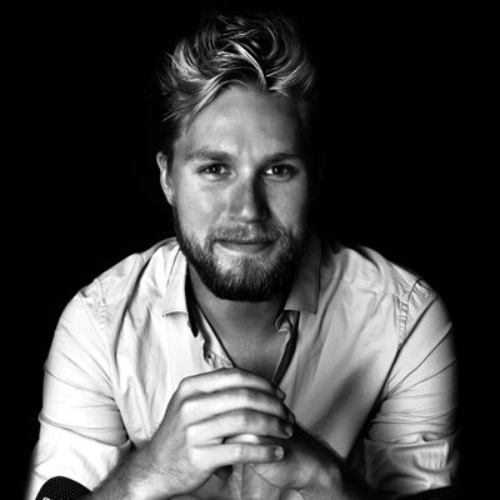
As designers we like to create a positive impact but often struggle to find this in our work. The talk will capture both practical takeaways on how designers can find the positive impact in their work and tips how to be more influential. Designer’s impact can come in many ways, for example ecological, economical, sociological, psychological, and technological. The talk summaries a body of learnings from interviewing over 75 design leaders on the positive impact of design, designing digital experience at BMW Group, founding a digital climate tech startup called Footprint and helping many early stage startups in the web3 space to foster a business and product vision that creates confidence for investors.
Sebastian Gier is the Co-Founder of Footprint, a digital climate tech startup. Further, he is the host of the Designdrives Podcast where he interviews global design leaders on the impact of design. For the last 5 years, he designed future mobility experiences at BMW Group as a Design Lead for rear-seat passenger and mobile app experiences. He gained many international design recognitions and had the chance to be invited to speak at conferences around the world on design and innovation.
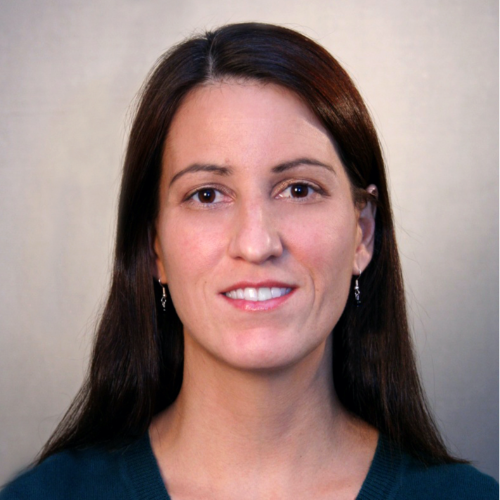
Jen Blatz is a Lead User Experience Designer and Researcher with expertise that lends itself to any industry. Jen’s path to UX started in journalism and graphic design where she learned the importance of aesthetics, organization, and catering content for the consumer. She has worked in a number of fields including finance, cloud storage, security and pet health. Jen is now at Rocket Mortgage (previously Quicken Loans) focusing on improving enterprise tools used by employees. Jen loves being active in the UX community to learn and grow while helping others do the same. She is the co-founder of the UX Research and Strategy group, and of IXDA (Interaction Design Association) Dallas. She is the organizer of WIAD (World Information Architecture Day) DFW in since 2019, and speaker for several local meetups and international conferences like UX New Zealand, UX Australia, the IA (Information Architecture) Conference and Convey UX Conference, to name a few. When not immersed in UX activities and speaking at local meetups, conferences and classes, Jen loves traveling, wine tasting, cooking and spending time with her husband and two doggos, Sadie and Ricky.

The emergence of virtual real estate has brought on a new digital frontier for social and creative expression.
How do we help users find their place in an ever-changing landscape while making it all feel familiar?
I'm a software engineer and artist with over 7+ years experience developing interactive installations and apps.
My works range from projection mapped live visuals to augmented reality clothing to sport spectating in VR. I've had the pleasure of working with large brands like Intel, Magic Leap, and Snap, to name a few.
My interests lie in 3D art, electronic music, and techno-culture.
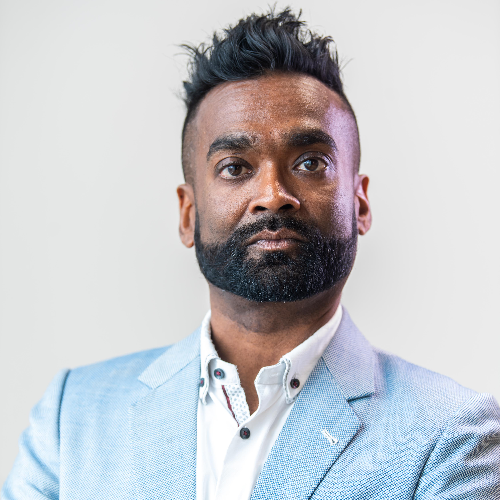
Inclusive design, is design at its to most powerful and conscious. It puts people first. When we ask about who is included, we should also look at who is excluded. Rama will present frameworks and ideas that speak to exclusion by age, ability, gender or race, showing how this can be creatively limiting. Accepting all human beings on the planet can lead to a more innovative, connected and inspiring experience something that all creatives need to consider.
This talk will also draw insights from Rama‘s new book, Creative Leadership: Born from Design which aims to present a novel form of leadership for designers and innovators, based on the three values of empathy, clarity, and creativity. Drawn from the people-centred practice of inclusive design, Rama will look at how these ideas can be applied in the UX / UI space, drawing on over 300 projects completed after the Helen Hamlyn Centre for Design.
This leadership model speaks to issues of equity, diversity and inclusivity, something that is increasingly seen as being of importance across organisations and sectors. His talk will give you ideas to use the very next day.
Human first | Designer second.
Rama Gheerawo is an international and inspirational figure within design. He won a ‘Hall of Fame’ award for his work at the Design Week Awards in 2019 and was named a 2018 Creative Leaders by Creative Review alongside Paul Smith and Björk, As Director of the Helen Hamlyn Centre for Design, he uses design to address issues around age, ability, gender and race. He is a serial innovator in the fields of Inclusive Design, Design Thinking and Creative Leadership having personally led over 100 projects working internationally with governments, business, academia and the third sector with clients such as Samsung, Toyota, AgeUK and Panasonic. He champions inclusive and empathic approaches for individuals and organisations through his pathfinding work in Creative Leadership, with training delivered globally to thousands of people including over 700 civil servants. He is in high demand as a keynote speaker, and writes, curates exhibitions and runs workshops for audiences that range from students to business executives. Rama sits on a number of advisory boards and committees for awards, universities and organisations such as the UK Design Council, The International Association for Universal Design, the Design Management Institute, The Bhavan Institute for Indian Culture and the RSA Decolonising Design Initiative. He has been a Visiting Professor at the Royal Danish Academy of Fine Arts and the Katowice Academy of Fine Art.
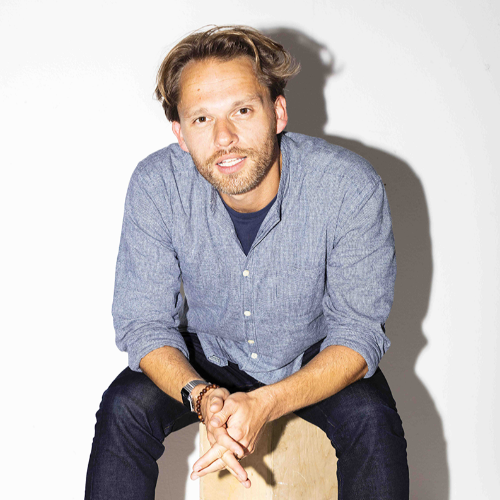
How do we create a better world, from person to brand to product? Christiaan Maats is an award winning Dutch product designer, entrepreneur and educator who has put this question at the center of his work.
In 2008 he created OAT Shoes, the world’s first 100% biodegradable shoes that bloom. After 7 years of trailblazing in the footwear market, he further explored the idea behind this innovation, which lead to a popular TEDx-talk called "How Product Design Can Change the World".
Christiaan now uses his experience and ideas to guide businesses towards sustainable value propositions that can truly make a difference: from lectures, to programmed workshops to open-form process facilitation.
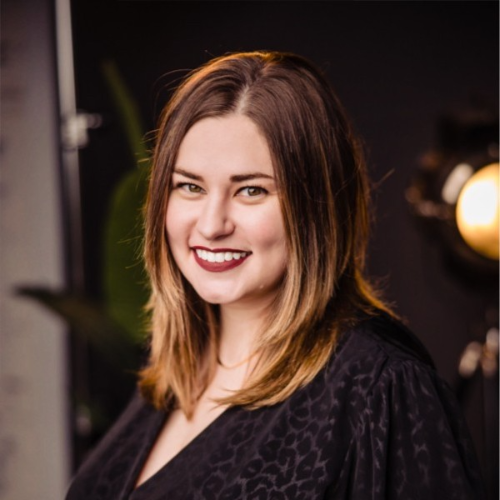
While Kasey has always cared about protecting research participants, recent updates to data privacy laws led her to examine the current research processes to establish safeguards and best practices around handling participants' data. Kasey is excited to share her experience identifying potential data privacy issues and finding solutions for compliant research practices. For her talk at AmuseUX, Kasey will give actionable steps for the audience to build a secure data-privacy-compliant research practice. The audience will learn how to evaluate existing processes, what information to document, and essential steps and best practices to add to your strategy.
Kasey leads UX Research Operations at a global leader in cloud customer experience. Processes that scale are key as she supports a UX research team that has tripled over the past year and democratized research for 55+ UX designers. Kasey previously led UX Research Operations at McGraw Hill, where she was a founding member of the DesignOps task force, which standardized and operationalized processes for a 50+ cross-functional team, saving thousands of work hours. Kasey knows the value of creating cross-functional relationships across the organization to proactively identify opportunities for collaboration and optimize existing processes.
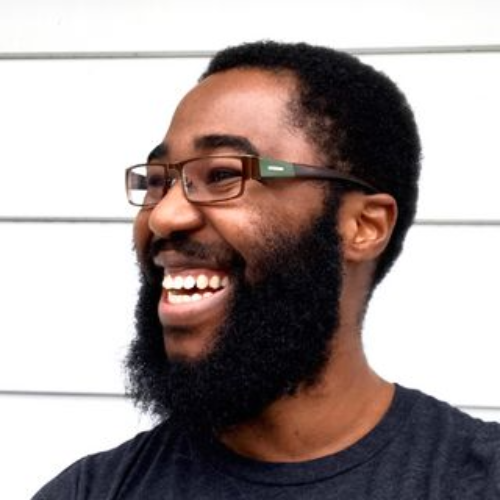
What are you doing with the most important meeting in your career?
The most important conversations about your career happen in your 1:1 (One on One meeting) between you and your manager.
Or at least they should. In an effective 1:1 you and your lead prioritise and untangle the topics that will have the most positive impact on how you work and how you show up. But many of us miss the fact that a 1:1 is more than just a meeting. It is one of the few vital tools that you and your manager can use to unblock your career progress and unlock your potential.
In this talk we'll discover what makes a 1:1 effective, along with some traps to avoid. We'll explore a framework for understanding, prioritising, and discussing your needs (even if you find it difficult). 1:1s are about you, and for you and your career. Let's learn to use them well.
Born in Zimbabwe, Farai was going to be doctor but didn’t get the grades. Now he’s a designer. Make of that what you will.
Using words, scribbles, and pixels he’s spent the last 18 years helping design and build products and teams in the UK, South Africa and Canada.
Today, he makes a living designing interactions and leading a team as a UX Manager at Shopify in Ottawa.
In South Africa, Farai designed banking apps used by many across the continent. He grappled with unique design challenges because most internet users have never used a laptop or desktop. And some buy data by the megabyte.
He organises Pixel Up! , a series of UX and design conferences and meetups in South Africa. These events connect designers and developers in Africa with their peers around the world.
Also, he adores verbiage, in all languages, township jazz, nerdy hip-hop, and the number 127.

Hard truth: there is still so much confusion about what a design system actually is and why it is important.
It's not enough to design and develop a fantastic design system. If you want to mature a sustainable design system inside your organization, you'll also have to do the work to create a shared understanding of what a system is and why it is important. This presentation is the result of years of research, hundreds of interviews, and dozens of consulting engagements that lead me to the disappointing fact that most people inside your organization probably have wildly different ideas about design system. In an effort to give my team and others in the industry a common language to use around the pieces and parts of a design system, I'm offering a framework called "The Anatomy of a Design System."
We'll start with the context in which a design system must live, cover four primary layers of design systems, and define three main parts of each layer. This presentation covers these ideas in a practical way and offers the framework as a roadmap for future systematic work.
If you find that there is confusion about design systems inside your team or organization, if you're struggling to get people to use your system, or if you know a systematic approach will help your team but you don't know where to start, this presentation is for you. Join me to cover a way of thinking about design systems that will put everyone on the same page and, more importantly, the same team.
Sparkbox was founded in 2009 with a mission to build a better web. As President, Ben has helped lead and grow the organization while they work alongside clients like Gap, The Oklahoma City Thunder, and Stanford University. He’s focused his energy most recently on developing a maturity model for design systems, articulating the anatomy of design systems, and chronicling his findings about workplace culture in the tech space. When not knee-deep in these explorations with others, Ben is a father, partner, poet, and home barista. His personal motto is, “Stay in learning mode” and this helps him to remember that every interaction is an opportunity to grow.

Candace is a leader in design operations, currently at Netflix, formerly at Facebook and Pinterest. Working across brand and product she specializes in taking operations from 0 to 1 on UX teams, and is particularly interested in operational innovation and unlocking collaboration on teams. She also writes about operational strategy on her Medium blog.

Data visualization - when we consider its goals - arguably belongs within UX. Yet, it remains outside of what most people would list as part of the UX skillset. As the design profession has expanded over the past decade +, much of this growth has come alongside the absorption of new skills and methods from other areas (UX writing, animation, conversational design, etc.). Many of the tech roles adjacent to UX (marketing, software architecture, business strategy) have ceded at least some of their previous territory to UX in recent years, presumably because of the realization that skilled designers add great value to any creation process.
Despite these examples of progress, data visualization remains one of the few areas that UX designers have perhaps pursued less vigorously, and therefore gained less ground than in other areas. In this talk, we will look at examples of DVUX in practice. We will also discuss its body of knowledge, methods and tools, along with how to add the relevant skillsets to our collective tool belts as UX professionals.
Thomas Watkins is a thought leader, speaker and industry practitioner located in Houston TX. He is a life-long learner who has a passion for bringing greater clarity to the world. Thomas has made it his career’s focus to combine technology with design psychology in order to drive business success. He specializes in helping his business partners bring their own brilliant ideas to life, by translating complexity into simplicity. The scope of his work has included interface design for mobile, SaaS system architecture, usability research, and data visualization.